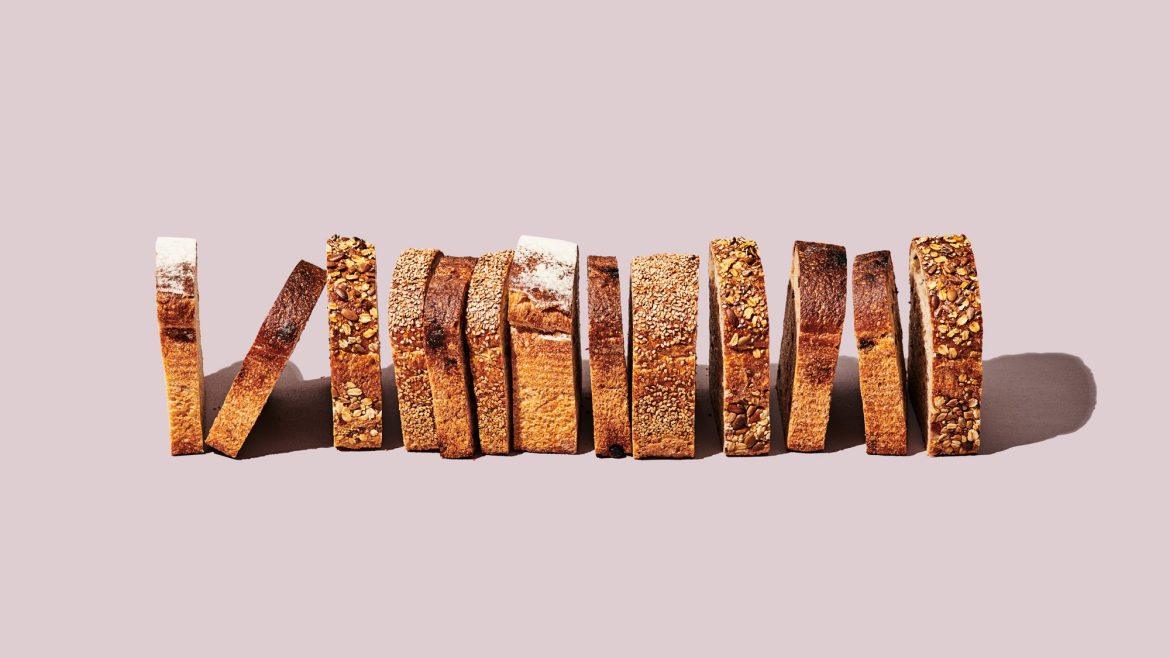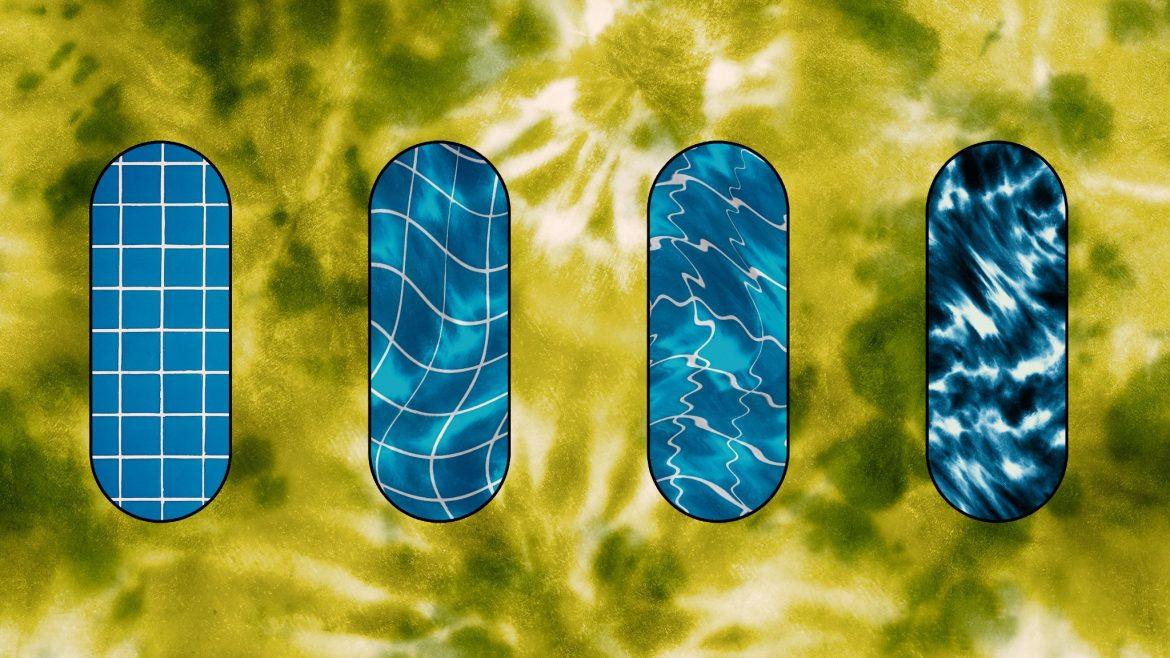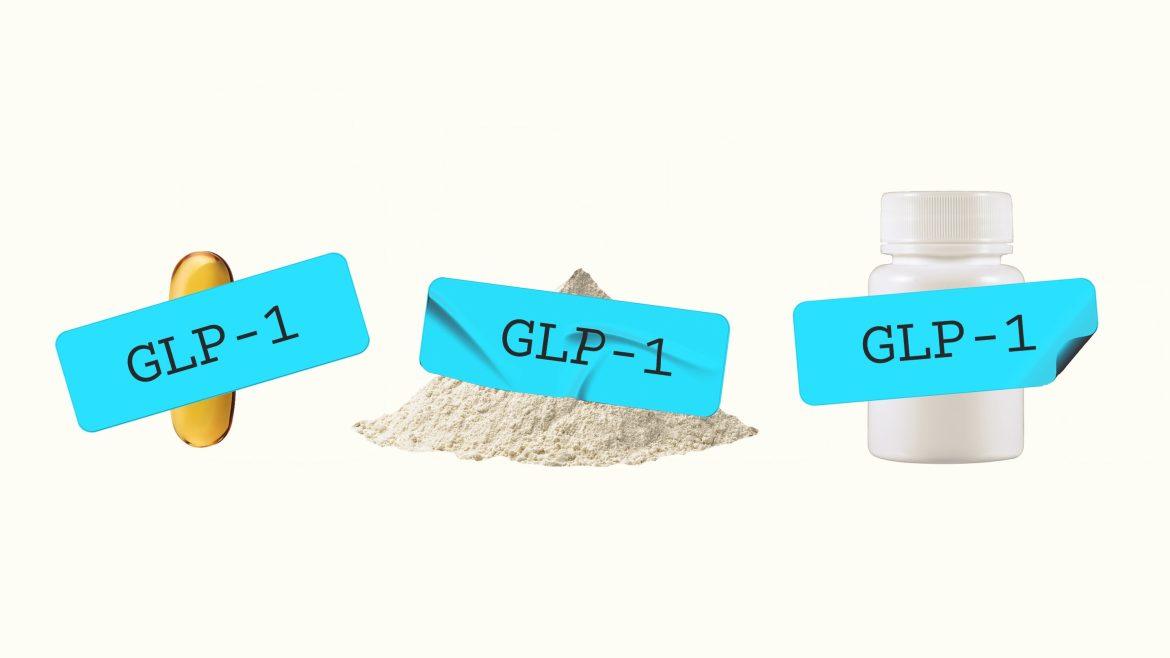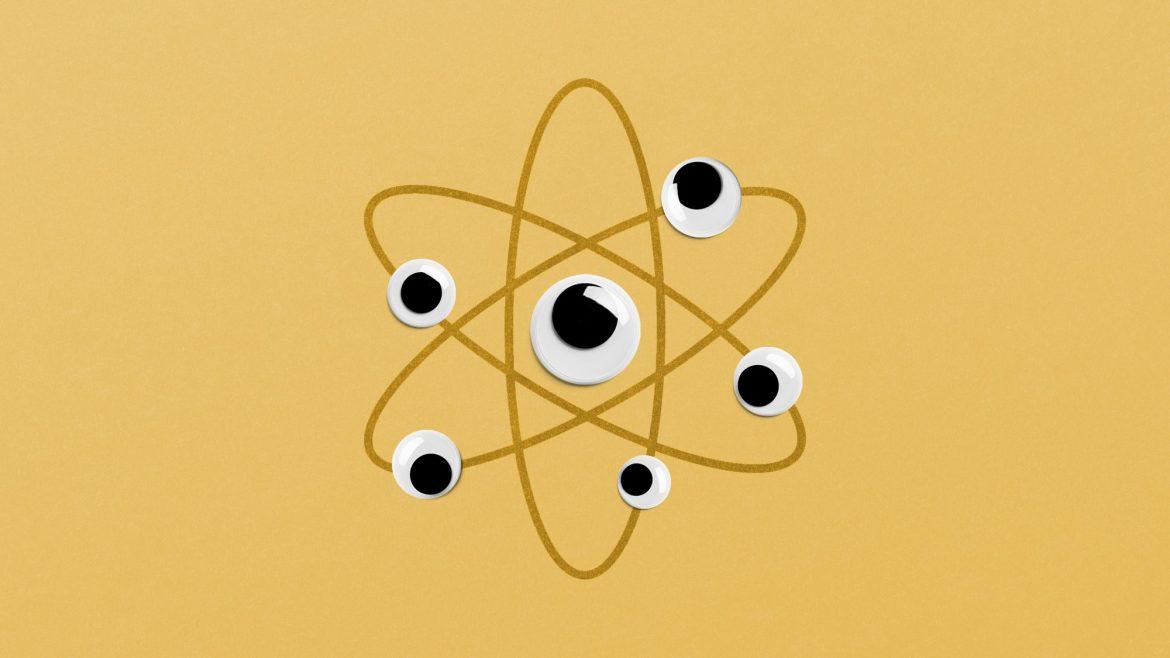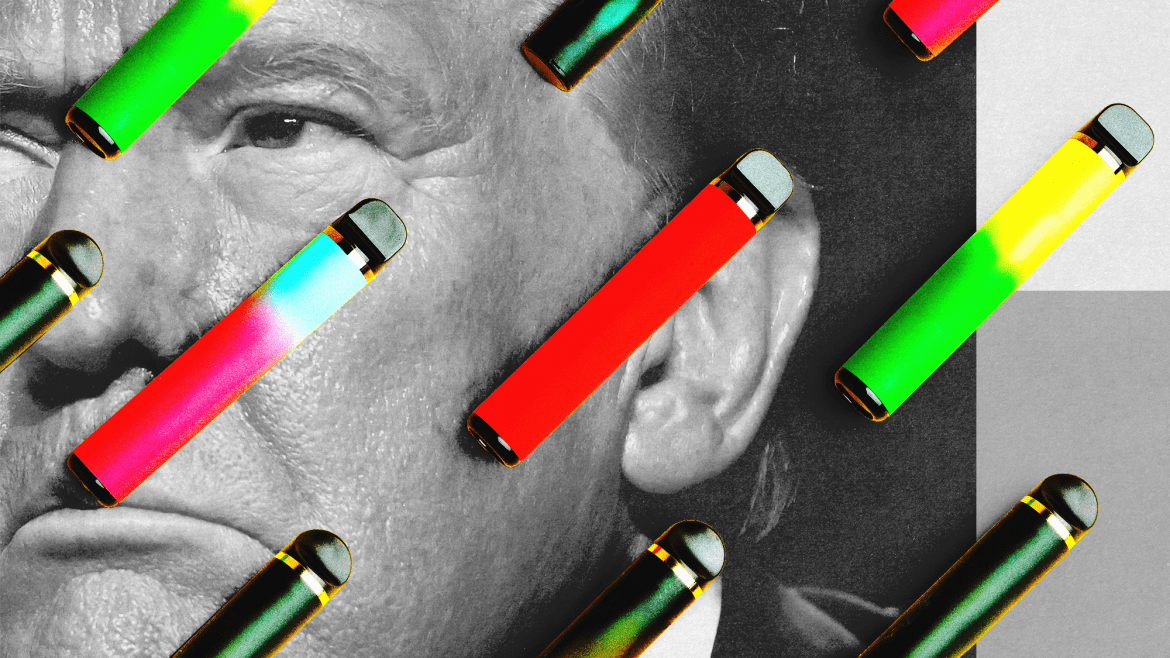In the fall of 2021, Tammi Kromenaker started looking for a new home for her North Dakota abortion clinic. For more than 20 years, Red River Women’s Clinic had provided abortion care to the Fargo area, most of that time as the state’s only provider. But now Kromenaker, the practice’s owner and director, was moving it just across the state line to Minnesota. “We had seen the writing on the wall,” she told me. A few months earlier, the Supreme Court had announced that it would take up Dobbs v. Jackson Women’s Health Organization, and North Dakota had a trigger law that would almost completely ban abortion if the justices ruled in favor of Dobbs.
“We closed on a new building at 3 p.m. the day before they overturned Roe,” Kromenaker recalled. Over the next 47 days, with the help of $1 million raised through GoFundMe, she oversaw a frantic move and remodel, sneaking around in a hat and sunglasses to keep the new location a secret; another planned clinic had just been set on fire in Wyoming. Meanwhile, Kromenaker’s clinic sued the state of North Dakota to block the trigger ban.
Last month, a North Dakota judge struck down the state’s abortion ban in response to Red River’s suit. Kromenaker could now return to providing abortions in Fargo, but she told me she has no plans to. That leaves the state with no dedicated abortion providers.
In the aftermath of the Dobbs decision, abortion access has been all but obliterated in 14 states. Perhaps the most obvious consequence is what has happened to brick-and-mortar abortion providers: Clinics have closed, while physicians have fled restrictive states or left medicine altogether. In communities across the country, abortion pills have also been heavily restricted. A push to expand the rights of a fetus has coincided with a rise in pregnancy-related prosecutions, most of which have nothing to do with abortion—210 women were criminally charged in 12 states in the year after Dobbs, the highest number of such cases in a single year since 1973, according to one report.
The backlash has been forceful. Since Dobbs, citizens in six states have voted for ballot measures protecting abortion access. Next month, abortion rights will again be on the ballot, in 10 states. In the first presidential election since Roe was overturned, abortion has become a defining issue. Many Republican politicians, including the party’s presidential nominee, Donald Trump, have attempted to court female voters by wavering on their previous anti-abortion positions. (Trump’s wife, Melania, released a memoir this month, in which she underscored her support for abortion rights.) Meanwhile, Democrats, especially the presidential nominee, Kamala Harris, have campaigned heavily on restoring national reproductive rights. But a Democratic woman in the White House or new federal abortion protections won’t turn back the clock to 2021. Call it the Dobbs legacy, or the Dobbs hangover—the effects of America’s eroded abortion access will linger for years, if not decades.
[Read: Kamala Harris’s biggest advantage]
This summer, on the two-year anniversary of the Dobbs decision, a coalition of groups including Planned Parenthood and the American Civil Liberties Union announced that they were committing $100 million to Abortion Access Now, a campaign to pass federal legislation guaranteeing the right to abortion. Harris has floated one potential path: scrapping the filibuster to push reproductive protections through Congress. (That would probably require Democrats to control both chambers, which does not look likely.) If new federal protections were passed, “you would see overnight relief in a lot of places, depending on the nature of the legislation,” Kimberly Inez McGuire, a co-chair of Abortion Access Now and the executive director of Unite for Reproductive and Gender Equity, told me.
New federal protections, however, wouldn’t instantly undo the tangle of abortion restrictions that some states began enacting even before Dobbs was decided. Reproductive health in America is governed by a complex web of laws, regulations, and court decisions at the local, state, and federal levels. When the Supreme Court ended constitutional protections for abortion on June 24, 2022, trigger laws designed to ban abortion went into effect. By the end of the year, states had enacted 50 new abortion restrictions, many of them resulting in near-total bans. No federal law could immediately undo all of these restrictions at once. Around the country, clinics closed, moved, or quit providing abortions; as of March, the U.S. had 42 fewer clinics than in 2020, according to the Guttmacher Institute, a reproductive-health research and policy group.
With so many barriers in place, some medical providers have decided that living and working in states with restrictions isn’t worth the emotional and professional toll. In one recent study of ob-gyns in Texas, where abortion is banned with few exceptions, 13 percent of respondents said they plan to retire early, 21 percent said they either plan to or have thought about leaving to practice in another state, and 2 percent said they have already left. An analysis by the Association of American Medical Colleges found that applications for ob-gyn residency programs in Alabama, which has a total ban except in cases of “serious health risk” to a pregnant woman, dropped 21.2 percent in the first full cycle after the Dobbs decision.
[From the October 2024 issue: ‘That’s something that you won’t recover from as a doctor’]
None of these policies has reduced the number of abortions performed nationally since Dobbs—in fact, the number has increased—but their consequences have ricocheted far beyond abortion. As obstetricians have fled restrictive states, for example, access to other gynecological care has become strained, too. And this month, Louisiana reclassified the two drugs used in medication abortions as Schedule IV controlled substances, a category typically reserved for drugs with a potential for dependency, such as Xanax and Valium. Mifepristone and misoprostol, which can be prescribed by telehealth, have played a significant role in abortion access since Dobbs. In Louisiana’s bid to further restrict the drugs, the state has potentially limited their use in other routine applications, such as treating miscarriages, inducing labor, and stopping potentially fatal postpartum hemorrhaging.
Even if new federal abortion protections were passed into law tomorrow, restoring nationwide access would still likely take significant time. Clinics, for instance, need real estate and doctors and lots and lots of capital to open or move—that’s partly why, after a 2016 Supreme Court case struck down a Texas law designed to force clinics out of business, the number of providers in the state a year later remained a fraction of what it was before. After Alabama banned abortion in 2022, WAWC Healthcare, in Tuscaloosa, remained open to provide contraception and prenatal care but eventually lost its abortion provider, says Robin Marty, WAWC’s executive director. Such positions might be filled by recent graduates, but the pool of qualified providers in restrictive states will remain small for years thanks to plummeting residency enrollments—most doctors tend to stay in the state where they do their residency.
Recent legal fights in Ohio provide a glimpse of how even sweeping abortion protections don’t automatically undo the effects of restrictions, and could lead to new ones. Last year, Ohio voters approved a constitutional amendment enshrining the right to an abortion. But pro-abortion-rights advocates in the state are still fighting to throw out the state’s six-week ban and a law banning telemedicine in medication abortions, among other restrictions. Meanwhile, a state legislator has introduced a new bill that would withhold state funding from cities and counties that provide funding for local groups that provide abortion-support services such as gas money for patients. The immediate result of any national abortion protection would probably be a protracted legal battle. “Every state has a different assemblage of abortion restrictions,” Inez McGuire said. “A lot of that is going to be fought out through our judicial system. That is a daunting prospect.”
Roe’s downfall also opened up space for anti-abortion activists to renew their battle to recognize the rights of the fetus as a person. In February, when the Alabama Supreme Court found that IVF embryos are legally children, anti-abortion activists widely celebrated the decision as a sign that the country was ready to engage in this debate. As support for fetal rights has grown, pregnant people have found their bodily autonomy curtailed even when they’re not deciding whether to continue a pregnancy: According to the nonprofit group Pregnancy Justice, of the 210 cases of pregnant people who faced criminal charges, just five mentioned abortion. The majority alleged only substance abuse. In one, police charged an overdosing pregnant woman with child neglect after administering Narcan.
[Helen Lewis: The women killed by the Dobbs decision]
Abortion advocates, too, are adjusting to the new reality. Abortion access had been whittled away for decades before Dobbs was decided. But now the constitutional right to an abortion in America is no longer being infringed upon; it just doesn’t exist. Several clinic directors told me that it’s clear to them now that no new law will ever provide unassailable protection. When North Dakota’s ban was struck down by a district court last month, it wasn’t the first time; the same judge blocked a nearly identical abortion ban in 2022, eventually prompting the state legislature to repeal it and pass a new one with minor changes. Just this month, Georgia’s Supreme Court restored a six-week abortion ban that a lower court had overturned while it considers an appeal. “There is no finish line here,” says Katie Quinonez-Alonzo, the executive director of Women’s Health Center, which opened a branch of its West Virginia clinic three and a half hours away in Maryland after Dobbs. “This is work that needs to be done forever.” Kristi Hamrick, the vice president of media and policy for Students for Life of America, told me that the group already has a “Roe 2.0 Rollback plan” in place, ready to deploy at the state and federal levels after the election. “We are prepared legislatively and legally to address the human rights issue of the day, no matter which way the election turns out,” she told me.
Some clinics are tired of fighting. “If you had asked me a few weeks ago, I would have said we were completely ready to go should abortion somehow return to Alabama,” Robin Marty told me. Now she’s not so sure. “We worked in extraordinarily hostile conditions” before Dobbs, Marty said. Clinic staff faced daily protesters, in the parking lot and sometimes even at the back door. Anti-abortion activists filed malpractice complaints against them, reported them to the fire department for allegedly having too many people in the clinic, and alleged health-privacy violations after digging through the clinic’s dumpster and finding a piece of paper from a patient’s file. “Having abortion become illegal and then having it return would be even more dangerous right now. If it comes back, they’re going to be even angrier,” Marty said.
When Red River first opened, in 1998, the threat of extinction was already in the air. The previous director had chosen to name the clinic after a body of water that runs between North Dakota and Minnesota, so that the reference would still make sense on the other side of the state border. When Kromenaker finally made the move, her life became easier virtually overnight, because Minnesota was among the states that had passed abortion protections after Dobbs. “We ended up in a state where providing this care is more straightforward, more patient-centered and with less stigmatizing restrictions,” Kromenaker said. “We would never take a step back and re-inflict those restrictions on ourselves.”
[Read: Abortion pills have changed the post-Roe calculus]
The United States cannot easily go back to the pre-Dobbs status quo. In the past two years, too much has changed—more than 100 new legal provisions, dozens of clinics closed, and a cultural gulf that has grown ever wider. For both abortion-rights supporters and opponents, only one possibility remains: to inhabit the reality we all live in now.


